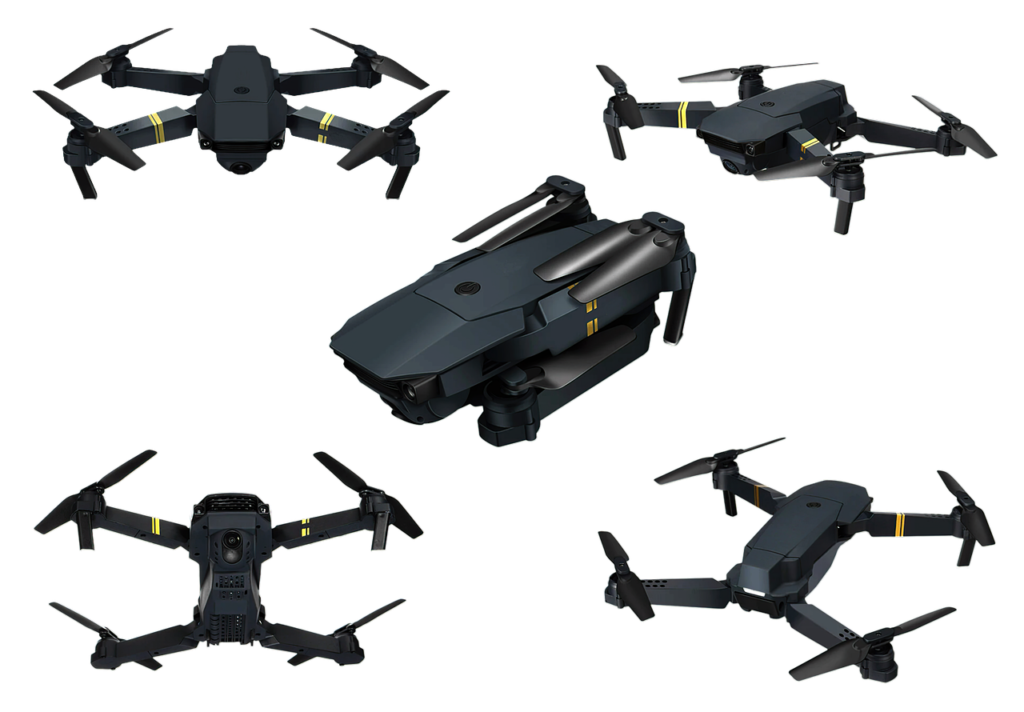The Comprehensive Guide to Drone Motor Prices: Factors, Trends, and What to Expect in 2024
Introduction
In recent years, drones have evolved from niche gadgets into essential tools for various applications, ranging from aerial photography and agriculture to surveillance and package delivery. A crucial component of a drone’s performance and efficiency is its motor. As drone technology advances, understanding the factors influencing drone motor prices and recognizing trends in the market is essential for enthusiasts and professionals alike. This article provides a comprehensive overview of drone motor prices, including key factors affecting costs, current trends, and what you can expect in 2024.

Key Factors Influencing Drone Motor Prices
- Motor Type and Technology
Drone motors come in various types, including brushed and brushless motors. Brushed motors are typically less expensive but offer lower efficiency and durability compared to brushless motors. Brushless motors, which are more common in high-performance and professional drones, use electronic commutation and generally cost more due to their advanced technology and longer lifespan. - Motor Size and Specifications
The size and specifications of a drone motor, such as its KV rating (revolutions per volt) and thrust capacity, significantly impact its price. Motors with higher KV ratings or those designed to deliver more thrust typically cost more, as they are engineered for more demanding applications and performance. - Brand and Quality
Established brands with a reputation for quality often charge a premium for their products. High-quality motors from reputable brands are generally more reliable, offer better performance, and come with warranties, contributing to their higher cost. - Material and Build Quality
The materials used in the construction of drone motors, such as high-grade metals, durable composites, and precision-engineered components, can affect their price. Motors built with advanced materials and superior craftsmanship tend to be more expensive due to their enhanced durability and performance. - Production Volume and Demand
The scale of production and market demand also play a role in pricing. Motors that are produced in large quantities and are in high demand may benefit from economies of scale, potentially lowering their price. Conversely, niche or specialty motors may be priced higher due to limited production runs and specialized applications.
Current Trends in Drone Motor Prices
- Increasing Affordability for Hobbyists
With the growing popularity of drones among hobbyists and amateur filmmakers, there has been a noticeable decrease in the prices of entry-level motors. Manufacturers are increasingly offering affordable options without compromising essential performance features, making it easier for enthusiasts to upgrade their drones. - Advancements in Motor Technology
Technological advancements have led to more efficient and powerful drone motors. Innovations such as improved materials, better cooling systems, and enhanced electronic controls have contributed to the development of high-performance motors. While these advanced motors come at a higher cost, they provide significant benefits in terms of efficiency, durability, and overall flight experience. - Integration of Smart Features
Some of the latest drone motors come equipped with smart features, such as integrated sensors for real-time performance monitoring and adjustment. These innovations can drive up the cost of motors but offer enhanced functionality and precision for professional applications. - Global Supply Chain Influences
The global supply chain has been subject to fluctuations in recent years, impacting the availability and cost of drone components, including motors. Supply chain disruptions, raw material shortages, and geopolitical factors can influence motor prices, making it essential for buyers to stay informed about market conditions.
What to Expect in 2024
As we move into 2024, drone motor prices are expected to continue evolving in response to technological advancements and market trends. The following points highlight what buyers can anticipate:
- Continued Price Drops for Entry-Level Motors
Prices for entry-level and mid-range drone motors are likely to remain competitive, thanks to ongoing advancements in manufacturing processes and increased competition among brands. This trend will make high-quality drone technology more accessible to a broader audience. - Premium Motors with Cutting-Edge Features
High-end drone motors featuring the latest technology, such as enhanced efficiency and smart integrations, may see price increases. These premium motors will cater to professional users seeking top-tier performance and advanced functionalities. - Potential for Price Fluctuations Due to Supply Chain Dynamics
Buyers should be prepared for potential price fluctuations influenced by global supply chain factors. Staying informed about market conditions and planning purchases accordingly can help mitigate the impact of these changes.
Conclusion
Understanding the factors that influence drone motor prices and staying informed about current trends are crucial for making informed purchasing decisions. Whether you’re a hobbyist looking for an affordable upgrade or a professional seeking advanced performance, being aware of these factors will help you navigate the evolving market and choose the right motor for your needs. As drone technology continues to advance, the landscape of drone motor pricing will undoubtedly shift, offering new opportunities and challenges for buyers in 2024 and beyond.

